- Category
- War in Ukraine
How US F-35 Delays in Europe Could Affect F-16s Reaching Ukraine's Skies
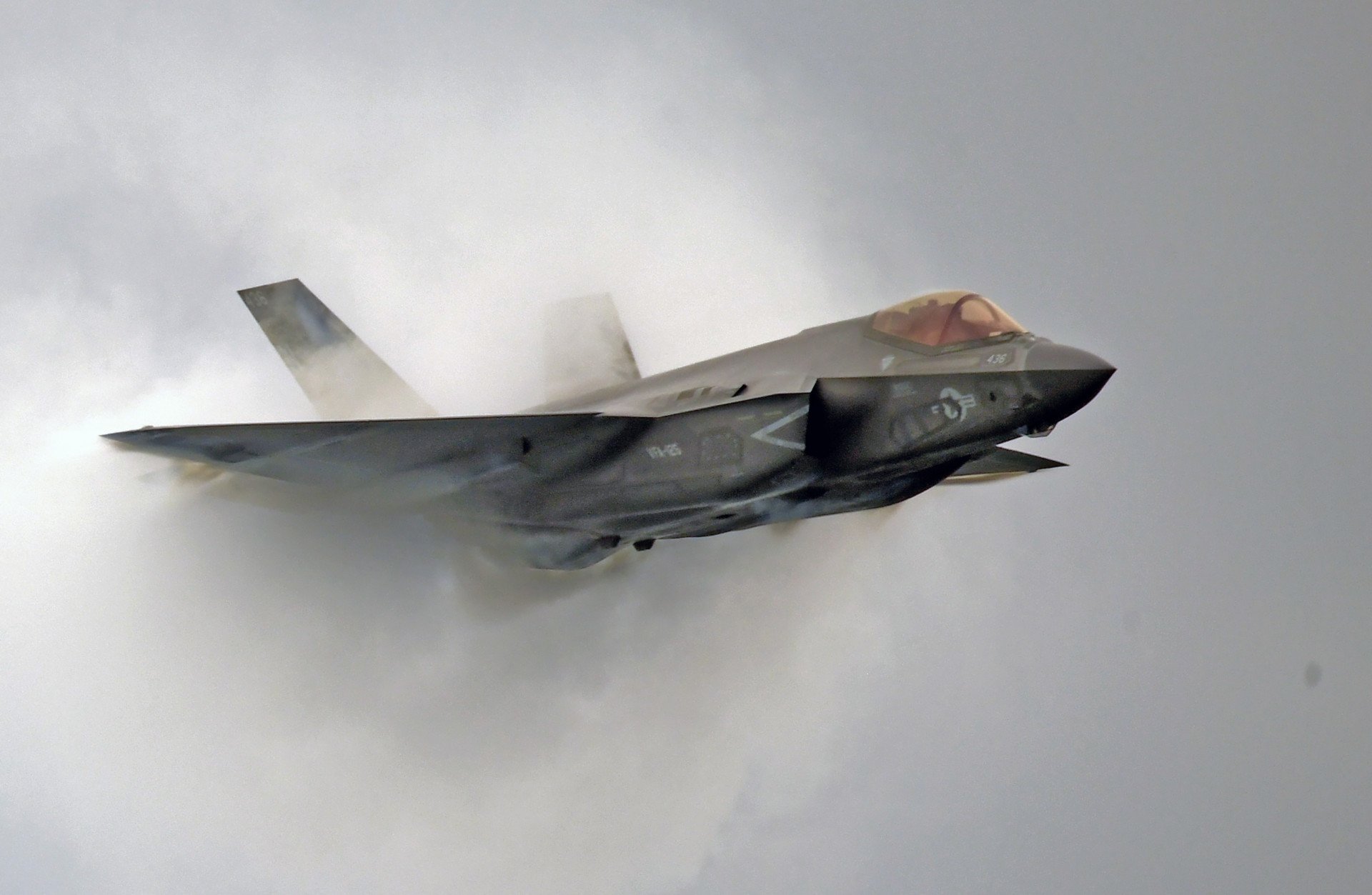
Ukraine’s air defenses rely on aging F-16s from European allies, but since EU countries depend on US-made weapons to replenish their stocks, F-35 delays could create a ripple effect. Is it a potential wake-up call on the path to strategic autonomy, and what are the EU’s alternatives for Ukraine?
Faced with a Trump administration that is becoming more unpredictable by the day, the European Union is looking at ways to boost the bloc’s own weapons makers to reduce Europe’s dependency on foreign suppliers, including the US, the world’s largest arms producer.
French President Emmanuel Macron called for a European large-scale defense plan on February 21.
“This strategic awakening must lead us to a decision on a large-scale defense plan and significant investments in Europe,” Macron said during a livestream interview.
The US signed $117 billion worth of defense deals in 2024, according to State Department data, twice the previous year and the highest-ever annual total of foreign military sales.
Yet some weapons exports depend on President Donald Trump and tech billionaire Elon Musk, who has repeatedly criticized the F-35 fighter jets, calling them “costly and redundant.”
It could become an issue since the EU depends on these to modernize its fleet, and Ukraine depends on EU-sent older fighter jets to protect its skies. The F-16 can intercept Russian missiles and drones and strike the Russian positions along the front line.
“We expect the continuation of the supply of F-16s this year,” Ukrainian President Volodymyr Zelenskyy wrote on February 22. “The skies over Ukraine must be closed and safe.”
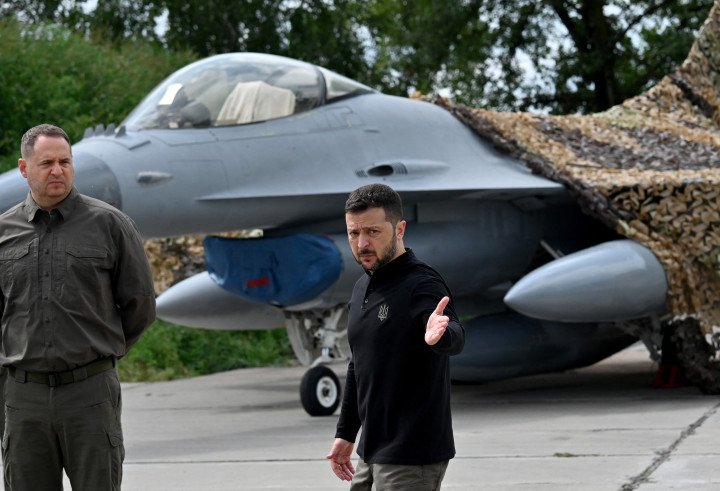
But if the US doesn’t send F-35 to EU member countries, the latter can’t send their aging F-16 to Ukraine and thus help stop Russia’s relentless strikes on the country.
The delay in delivering US-made F-35 fighter jets to EU members has already had a ripple effect on Ukraine’s support. Belgium recently announced it would have to postpone sending the expected F-16 to Kyiv due to delays in delivering new aircraft from the US.
“The transfer of the first of Belgium’s 30 F-16s to Ukraine has been delayed by at least a year—until the end of 2025,” Belgian Chief of Defense, General Frédéric Vansina, told Le Soir.
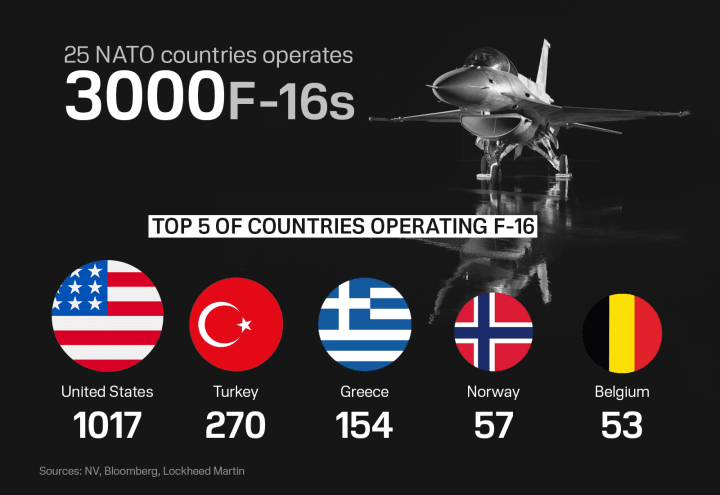
The exact number of F-16 received by Ukraine is unknown, but the Air Force reportedly received at least ten in 2024 out of 79 pledged by the EU F-16 coalition, composed of 14 NATO member countries and led by Denmark, the Netherlands, and the US.
Denmark has pledged 19 F-16s and delivered 12 already, while Norway has promised between six and 22 aircraft.
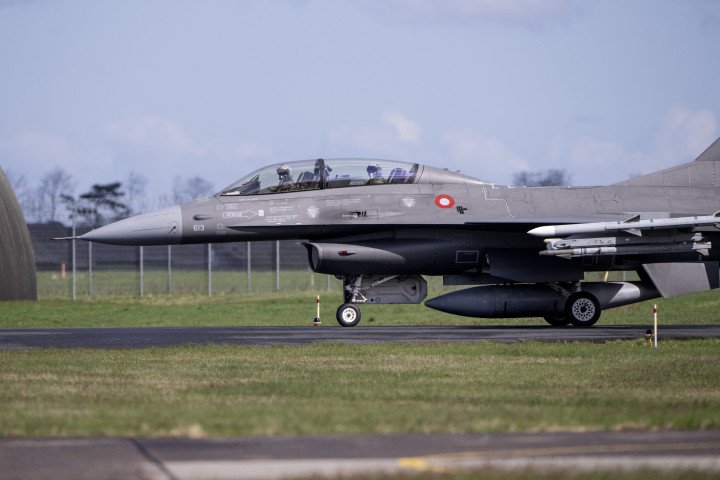
What are the alternatives?
Problems linked to the EU’s dependency on US-made fighter jets run deep.
For instance, the F-35 has a blocking system if the flight plan does not suit the Pentagon, according to Christophe Gomart, a French MEP and former director of French military intelligence. Keeping F-35s operational is yet another issue. Their maintenance could be hampered if the US doesn’t send new spare parts, effectively grounding them.
Still, the EU has developed its own jet fighters, albeit at a lower pace and depending on international consortiums.
For instance, Sweden’s Saab Gripen is a highly capable alternative, designed for quick takeoff from short and rough runways. Sweden has indicated openness to providing these jets.
France operates and exports the Mirage-2000, created by aerospace company Dassault. Ukraine reportedly received its first in February 2025. It’s unclear how many the country will receive, but Kyiv requested 12—a daunting figure as France only owns 26 of those.

The UK, Germany, Italy, and Spain also operate the Eurofighter Typhoon jets, which are made by a consortium of Airbus, BAE Systems, and Leonardo. The primary customers are the United Kingdom, Germany, Italy, and Spain.
Over 600 have been delivered so far in Europe, and the consortium can reportedly build 18 per year, said specialized aviation outlet SimpleFlying.
However, all these alternatives are expensive: the Typhoon, for instance, costs $119 million per unit, while France’s Rafale costs $125 million and the F-35 “only” $109 million.
Another issue is that some parts are also made in the US.
For instance, the Typhoon Eurofighter uses Lockheed Martin's Sniper Advanced Targeting Pod, providing target identification and precise weapons guidance, according to SimpleFlying.
The Swedish Saab Gripen's engine and life support system are made by US contractor General Electric. Even the French Rafale has US-made electronic components, including Lockheed Martin’s Sniper system.

Buy European
Many leaders, including Macron and Zelenskyy, called for a united European force in response to the Trump administration’s call for Europe to take responsibility for its own defense.
This strategic autonomy that could also help Ukraine goes hand-in-hand with renewed production capacities, according to Michael Shurkin, a military expert at the Royal United Service Institute.
“The project of having European military, even if it were desirable, even if it were established as a long-term goal would take a really, really long time,” he said in his podcast, noting the immense challenges of cooperation and procurement reform within the bloc.
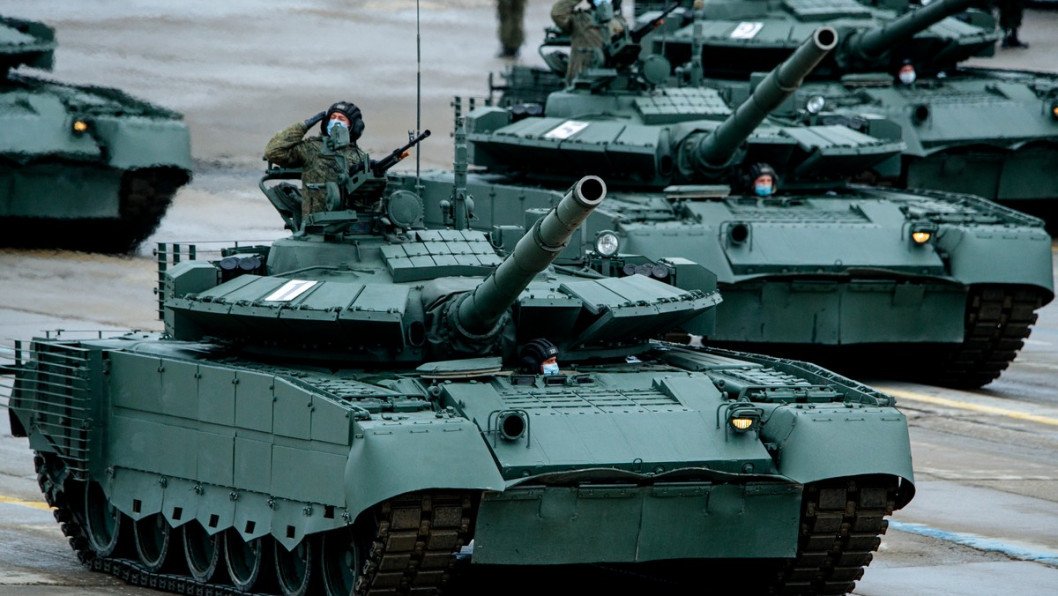
One option is group buying, allowing countries to buy a particular type of weapon for every army, such as the Rafale or Sweden’s CV-90 combat vehicle. If every member country agreed on the same procurement, it would allow them to place much larger orders, Shurkin explained.
Large orders would create a virtuous circle because it would mean way larger investments in weapons manufacturers, allowing them to build new production chains to deliver weapons in large quantities at a lower cost for the buying countries.
The main issue at the moment is that the industry is maxed out and the command pipelines are clogged, Shurkin said. For instance, Dassault can only produce 20 aircraft a year, but these are costly because such planes need very specifically skilled manpower.
All of this could be done, but only with the will. Even though this is all difficult, it's still an easier lift than the larger dream of having a collective European military.
Michael Shurkin
Defense expert atthe Royal United Service Institute
Yet, these are necessary steps to ensure the EU’s defense and allow EU countries to send their aging weapons faster to Ukraine, while Russia is likely to try and regain economic strength and rebuild its army if a ceasefire is signed.

-c42261175cd1ec4a358bec039722d44f.jpg)
-46f6afa2f66d31ff3df8ea1a8f5524ec.jpg)
-6359eca46c72bde40a90abaaadd6eaa8.png)
-29a1a43aba23f9bb779a1ac8b98d2121.jpeg)

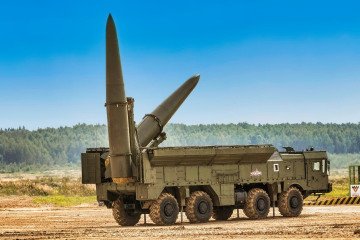
-206008aed5f329e86c52788e3e423f23.jpg)